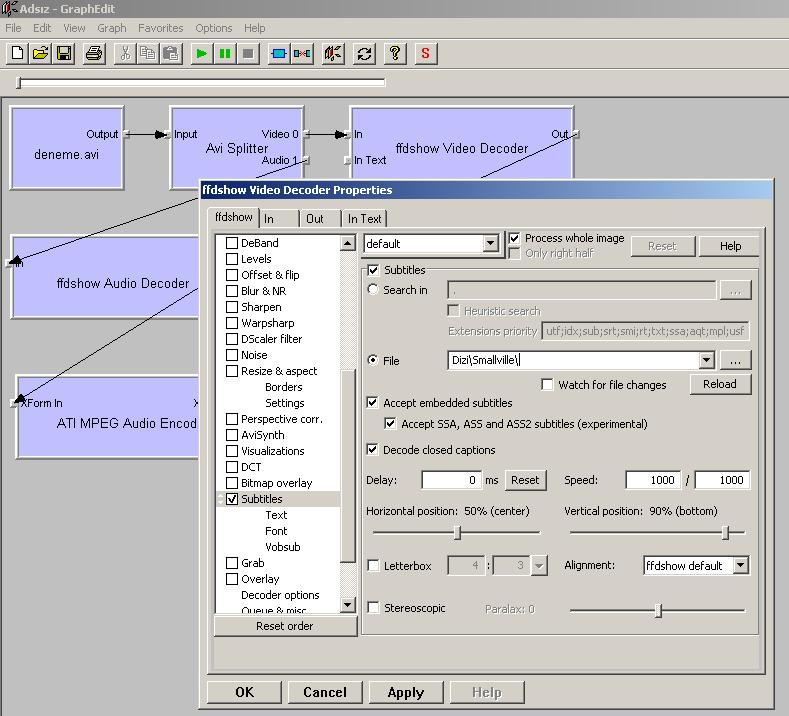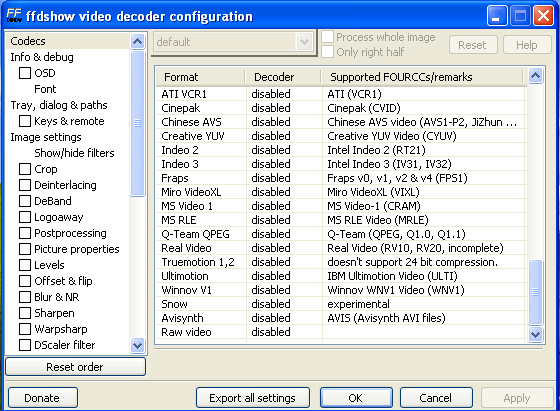
This just shifts the trouble of deinterlacing to the viewer if the viewer doesn't have ffdshow or a similar utility, the clip is going to be a pain to watch. If the video is to be watched with a progressive scan device, such as a computer monitor, it has to be deinterlaced during the decoding process.


Whereas the idea of keeping and encoding the material in interlaced format is a good one, it's also the more difficult one.

You're handling PAL DV material which is relatively easy true deinterlacing hell starts with poor NTSC-PAL (or vice versa) conversion of interlaced material, and of course material with mixed progressive and interlaced frames. If you do that, you might also want to change DeBlock_QED from default settings to (quant1=30,quant2=60) or higher, and/or increase SPP's strength by steps of 10%.Īs an alternative to LRemoveDust_YV12(17,2), you should try DeGrainMedian(limitY=5,limitUV=7,mode=0), as it might remove more artifacting without taking away so much detail.There exists many good smart deinterlacing filters, but due to the guesswork involved in the deinterlacing process, some deinterlacers work better with some material than others. If you want more sharpness, you can add an extra sharpening step (MSharpen, WarpSharp like it's been recommended here) right after the cropping, and/or substitute Lanczos4Resize for GaussResize(720,480,p) with p set to something between 80 and 100. LimitedSharpen(SMode=4,LMode=3,Strength=300,wide=true) Import("X:\wherever\LimitedSharpen_(modded-27Nov2005).avs")ĭirectShowSource("X:\wherever\test.mpg",fps=29.97,audio=false)įfdshow("default") <- go to "video decoder configuration", enable postprocessing, check "SPP deblocking" and set processing strength at 60% LoadPlugin("X:\wherever\RemoveGrain.dll")


 0 kommentar(er)
0 kommentar(er)
